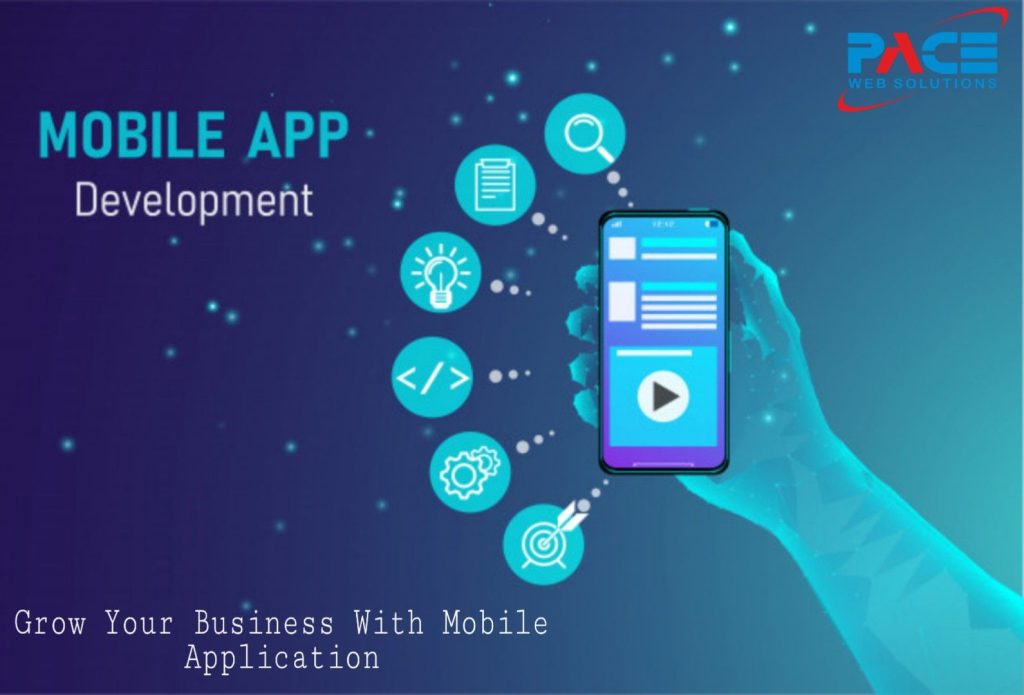

What software do app developers use? This is a crucial question for aspiring and seasoned app developers alike. The right tools can significantly impact project timelines, team efficiency, and ultimately, the quality of the final product. App development requires a diverse set of software tools to manage the various stages of the development process, from initial design to final deployment. This article will explore the spectrum of software applications utilized by app developers, from popular integrated development environments (IDEs) to cloud platforms and collaborative design tools. We’ll delve into specific examples and highlight how these tools contribute to a streamlined and effective development process. Finally, we’ll address the common problems faced by developers and offer practical solutions.
Integrated Development Environments (IDEs)
Understanding IDEs in App Development
IDEs are fundamental to the app development process, providing a comprehensive environment for writing, testing, and debugging code. These tools offer a unified interface for various development tasks, enhancing programmer productivity. The best IDE choice depends on the specific programming language and project requirements. For example, developers often prefer Xcode for iOS development and Android Studio for Android. Popular IDEs like Visual Studio, IntelliJ IDEA, and Eclipse offer various features, including syntax highlighting, code completion, debugging tools, and version control integration. These features significantly speed up the development cycle, allowing developers to focus on building the core functionality of the application.
Examples of Popular IDEs
Xcode, a powerful IDE developed by Apple, is specifically designed for iOS and macOS development, and comes pre-packaged with the tools needed for building apps on these platforms. It allows for streamlined development with its intuitive interface and robust debugging capabilities. Android Studio, created by Google, is the go-to IDE for Android app development. Known for its comprehensive set of tools for building Android applications, it excels at managing resources and debugging on the Android platform. Visual Studio, from Microsoft, is a versatile IDE that supports a wide range of languages. It’s particularly valuable for developers working on cross-platform projects, where compatibility across different operating systems is critical. The choice of IDE is highly dependent on the target platform and the developer’s comfort level with different interfaces.
Design and Prototyping Tools
Visualizing App Concepts
Before writing a single line of code, app developers often spend considerable time designing and prototyping the user interface (UI) and user experience (UX) of their applications. This stage of app development emphasizes visual appeal and usability. Design tools offer various features such as wireframing, prototyping, and UI design, enabling developers to meticulously visualize the application’s functionality before actual development begins. This helps in identifying potential issues and iterating on designs effectively, leading to a more polished and user-friendly final product.
Popular Design Tools
Figma, a popular collaborative design tool, allows multiple designers to work simultaneously on a project. This fosters efficient teamwork and enhances project management. Sketch is another powerful tool that focuses on visual design, with a vast library of customizable UI components. Adobe XD, a comprehensive design and prototyping tool, offers a wide range of features and integration options, catering to different development needs. These tools aid in maintaining consistency in design and enable developers to create user-centered applications.
Cloud Platforms and Services
Facilitating Scalability and Collaboration
Cloud platforms offer a wide array of services essential for app development, especially for tasks that are complex, dynamic, or require increased scalability. Developers can leverage various cloud services such as cloud storage, databases, and messaging platforms to build and deploy apps. These cloud-based solutions often provide scalable resources, allowing developers to adapt their applications to changing demands. This flexibility is particularly critical for developing applications that need to accommodate fluctuating user traffic or data volume. For example, cloud databases are widely adopted for storing and retrieving app data, offering easy scalability and cost-effectiveness.
Cloud Platforms and Services Examples
AWS (Amazon Web Services) is a widely recognized cloud platform. It offers a vast suite of services designed to support app development, including storage, databases, and serverless computing. Google Cloud Platform (GCP) provides similar functionalities and features, supporting developers with a range of tools for app development and deployment. Microsoft Azure offers a robust cloud platform providing similar services. Each platform has its unique strengths and weaknesses, and the most appropriate choice will hinge on factors such as project size and budget constraints.
Version Control Systems
Maintaining Code Integrity
Version control systems (VCS) like Git play a vital role in ensuring the integrity and management of source code. Using a VCS allows developers to track changes to the codebase, manage different versions, and revert to previous states if needed. This is crucial, especially for collaborative projects, where multiple developers work on the same code simultaneously. This practice helps resolve conflicts effectively and ensure that every change is carefully documented and reviewed. The use of Git branching strategies, such as feature branching, further facilitates the development process by allowing independent development of new features without impacting the stability of existing code.
Testing and Debugging Tools
Ensuring App Quality
Thorough testing and debugging are critical for creating reliable and efficient applications. App development involves numerous tests to ensure that the software functions as expected and addresses user needs. These tools are used to identify bugs and errors, helping developers streamline the process. Testing tools like Selenium, and debugging tools such as Xcode’s debugging features and Visual Studio’s debugging tools provide valuable insights into the application’s behavior during different execution states. This helps identify and rectify problems early in the development cycle, avoiding potential issues that could arise in a live environment.
json
[
{
"question": "What are the most common programming languages used by app developers?",
"answer": "App development utilizes a variety of programming languages. Popular choices include Java, Kotlin, Swift, Objective-C, JavaScript, and Python. The selection often depends on the platform (e.g., Android, iOS, web), project requirements, and developer expertise. Each language offers different strengths and caters to particular development needs."
},
{
"question": "How do app developers collaborate on projects?",
"answer": "App development frequently involves teams of developers working together. Collaboration tools such as Slack, Jira, and Asana can help manage tasks, track progress, and facilitate communication. Version control systems, particularly Git, are essential for managing code changes collaboratively and resolving potential conflicts. Clear communication channels and well-defined project workflows ensure smooth teamwork and efficient development."
}
]
In conclusion, app developers utilize a diverse range of software tools, from integrated development environments (IDEs) to cloud platforms and design tools. Choosing the right tools depends heavily on the specific project requirements, team size, and budget. This comprehensive guide provides a valuable starting point for developers seeking to optimize their workflow. If you’re looking to build compelling apps, understanding these tools is crucial. Dive deeper into your app development journey and explore the vast ecosystem of software solutions tailored to your needs!